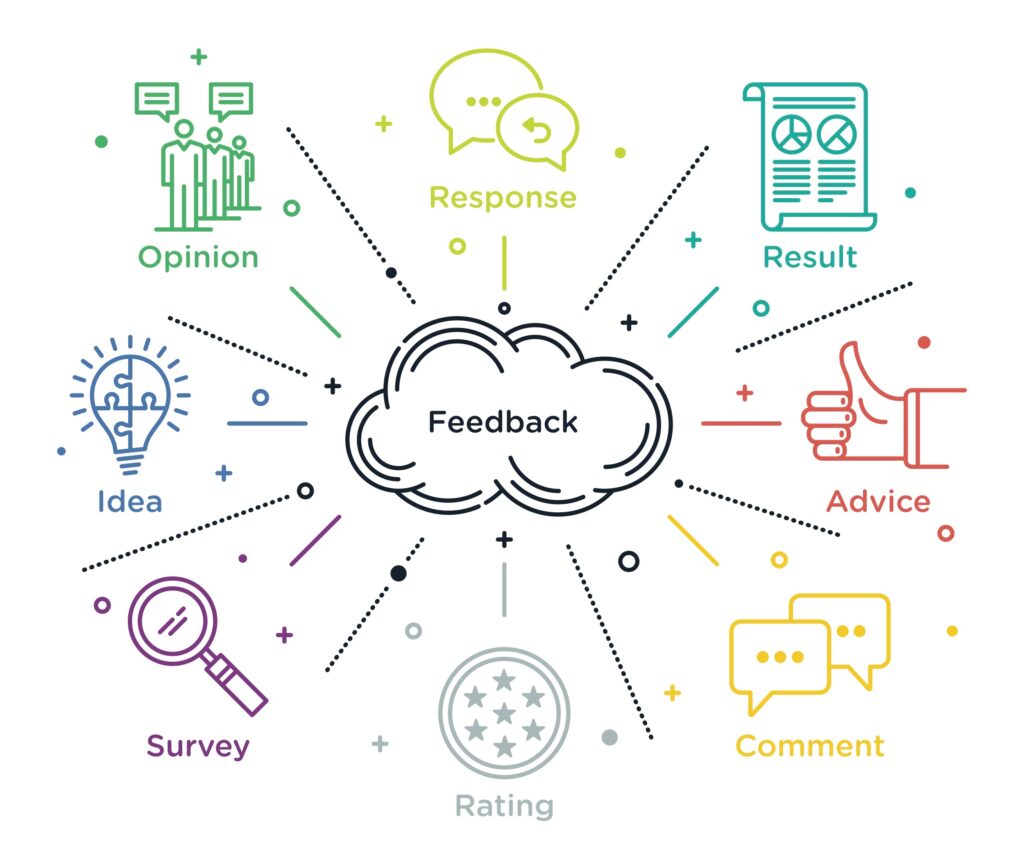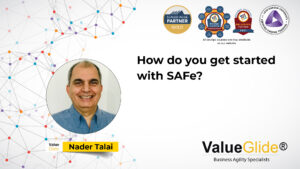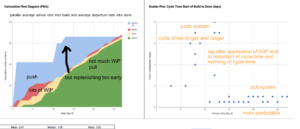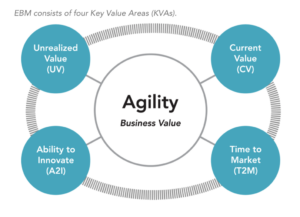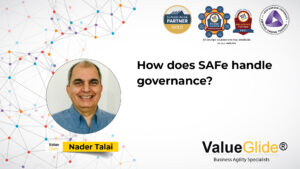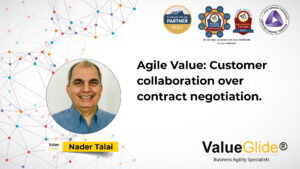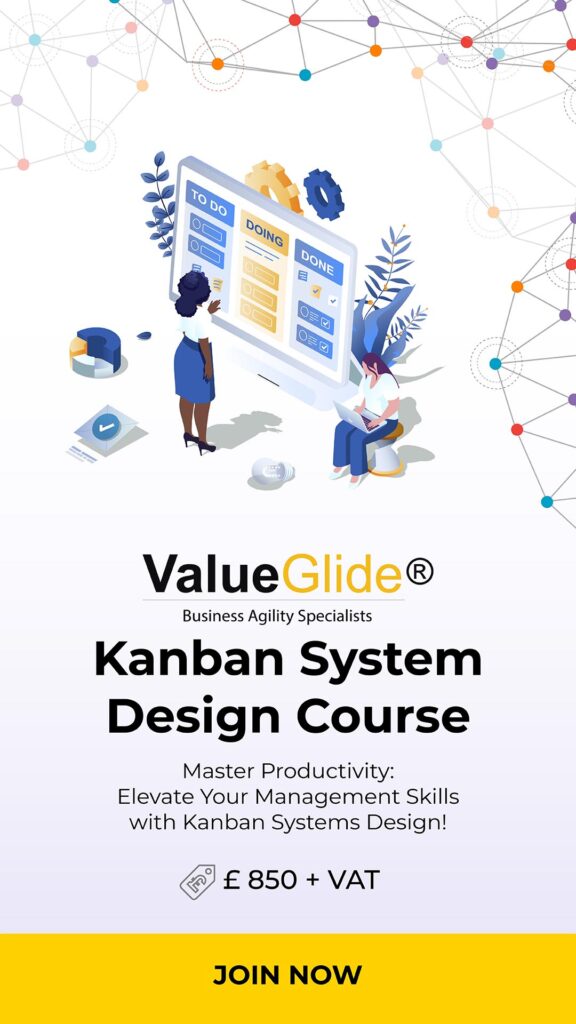Faster Organisation – How fast are you invalidating your hypothesis?
The rate at which we invalidate your hypothesis and learn from our customers and the investment required to learn, and our ability to deliver on these learnings are what sets organisations apart.
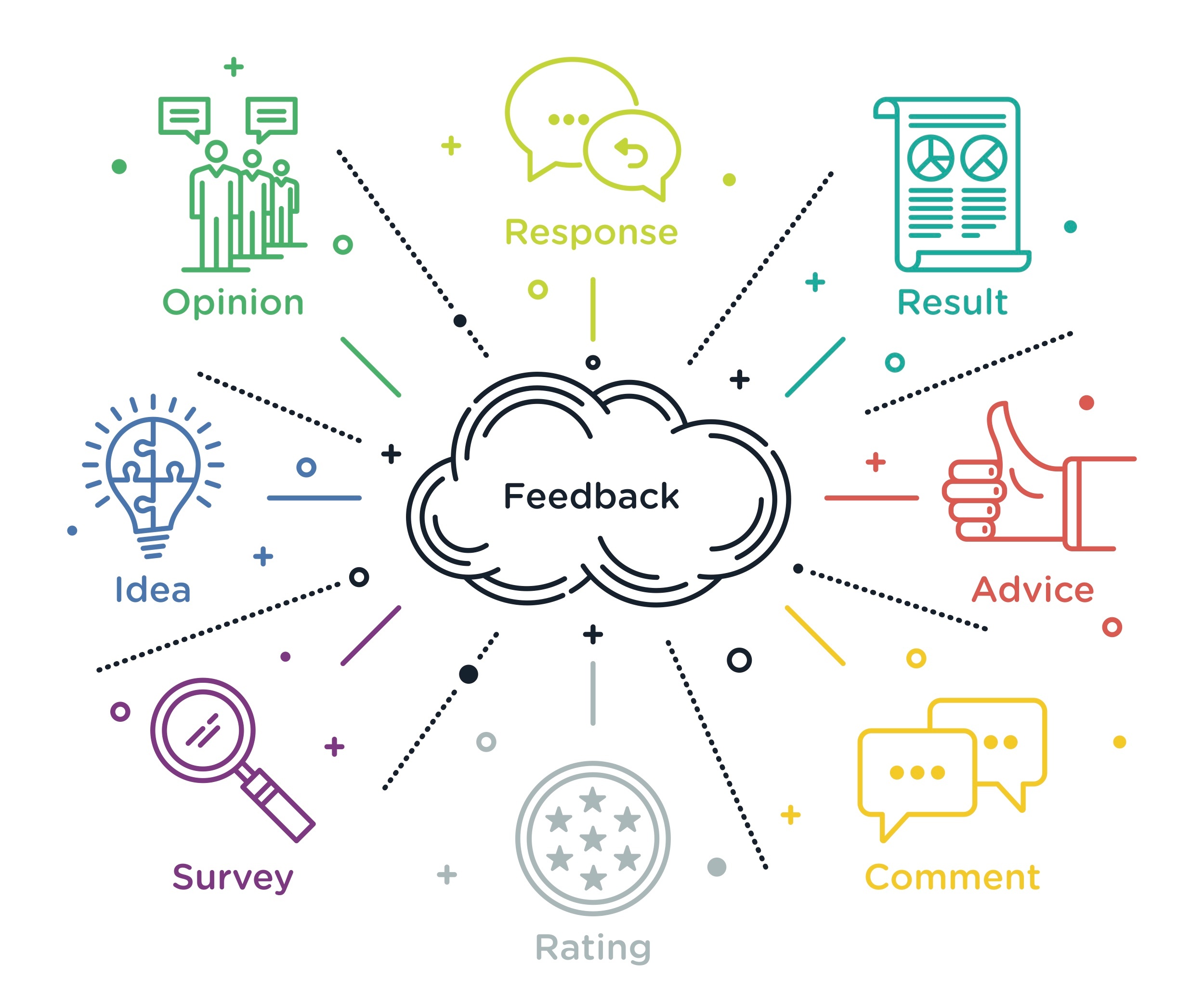
When you test your hypothesis, you learn.
The more we test, the cheaper our experiments, the more we learn and the faster we can deliver our learning, the stronger our organisation will be.
{{cta(‘e54dd1ee-bf89-41c5-aca5-6b4d0000e815’)}}
How can we run many tests quickly and cheaply?
Little and often is the answer. When we experiment majority will fail, which makes it even more imperative for the experiments to be fast and cheap and have leadership support.
- Learn from your customers, make the experiment small
Here is an example of how the Forward Group used a small, cheap number of tests to learn and invalidate the hypothesis resulting in a successful business selling parrot cages. Forward didn’t start by building an e-commerce shop selling parrot cages. Their first experiment was just a link to test their hypothesis for the customer demand for parrot cages.
Followed by a Shopify implementation and only then built their own.
Read the Forward Group story here.
2. How many tests and learn experiments is your team doing, and how is the service changing?
Measure how many experiments you are doing and how the service is changed due to the results.
The UK Government Digital Services has this as one of the measures and requires evidence of the experiments and the changes.
Learn more about UK Government Digital Services here.
3. Provide executive leadership and mandate for smaller, faster experiments
Our organisational goal for the experimentation is to discover the customer needs faster and cheaper to enable better decision making.
The ultimate goal should be to make better decisions through more experiments and deliver better services that serve customers faster.
The number of experiments the rate of discovery and the cost of discovery is the key measure for the knowledge work economy.
Do you have this as your key measure?
To learn more about how we’ve done this for our clients at Value Glide, read about our Business Agility Transformation.
How do you discover user needs? Share with us in the comments below

